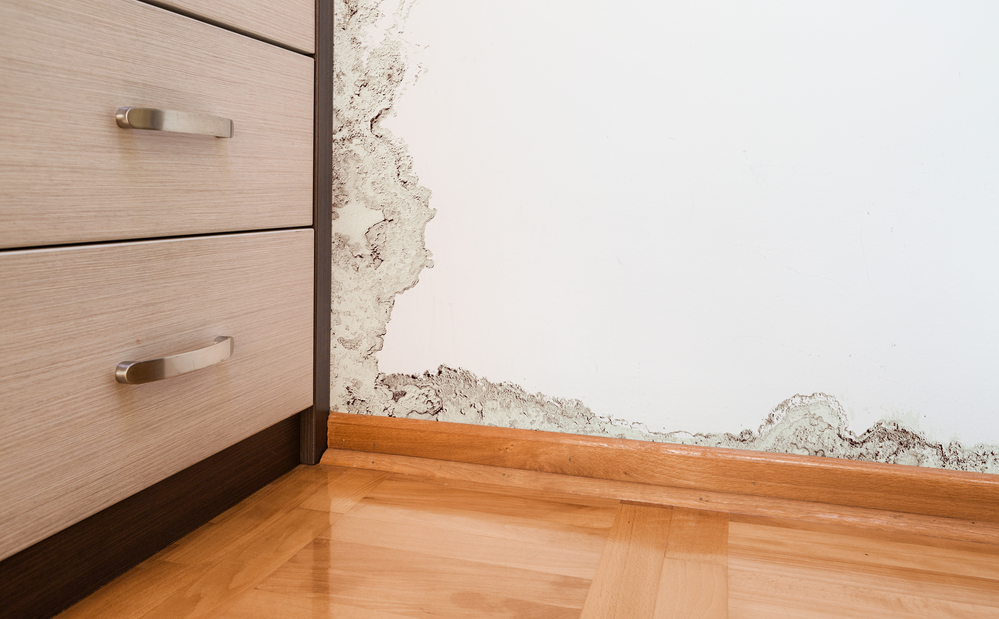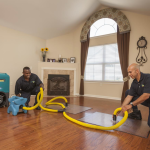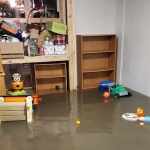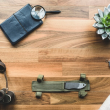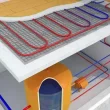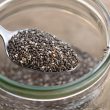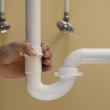There’s an old saying that the misfortune never comes alone. It is very much true when it comes to flooding. If you have had flooding problems, you already know how big of a problem it is, but your troubles are not over yet, sadly.
If there’s been a flood in your home or office, chances are that you will also develop mold problem in the near future unless you do something about it; and fast. Mold removal experts such as Emergency Home Solutions recommend that you take immediate steps to protect your home from mold and eliminate the flooding source and consequences.
Table of Contents
What’s the Connection?
It’s very simple, mold spores are all around us all the time, there’s no escaping that. In fact, they are one of the most notorious airborne allergens. However, in order for the mold to grow, it requires very specific conditions, namely lots of water or moisture and preferably dark places, which is why it can often be found in bathrooms and kitchens as well as around water pipes and dank basements.
When your home floods, there’s water literally everywhere and if you don’t get rid of it as soon as possible, those places hidden away from sight may become the perfect breeding ground for mold.
Why Is Mold an Issue?
Apart from being an allergen as mentioned before, mold can have other negative effects on your home and your health, especially if it’s the so-called black mold or toxic mold which secrets a type of toxin called mycotoxin which can affect your health and the health of your family quite negatively.
Some types of mold can do extensive damage to the wooden frame of your house, given the time, which means that the structural integrity of your home may be at risk if you neglect a mold problem for too long.
What Can I Do?
The best thing to do when there’s been a flood is to call in mold removal professionals who can help you clean your house and get rid of the conditions which are suitable for mold growth. They have all the equipment and the expertise to do everything quickly and thoroughly.
However, if you prefer to do things on your own, there are several steps you will have to take in order to make sure that your home is no longer a suitable place for mold growth.
Remove the Water
If there’s still water in your house, you need to get rid of it, whether by pumps, buckets, or even mopping, the water is the primary factor for a mold infestation and it needs to be removed as soon as possible. Mold can start growing within a day or two from the flood, so act quickly.
Dry the Furniture
You will likely need to remove everything from your home and let it dry. After it has dried, you will be able to determine what you can use and what needs to be thrown away. One of the things which you will most likely need to get rid of is the carpet since it will have been the most impacted by the flood.
The house itself will also need to be dried by using dehumidifiers and similar devices which remove the moisture from the air. If your walls have been affected by the flooding, you will likely need to do some work on that as well, which is why it is recommended that you ask professionals for help when dealing with flooding.
Once you have restored your house to the pristine condition, you should consider having it tested for mold, just to be sure that no residual mold is hiding somewhere waiting for the opportune moment to grow back.

